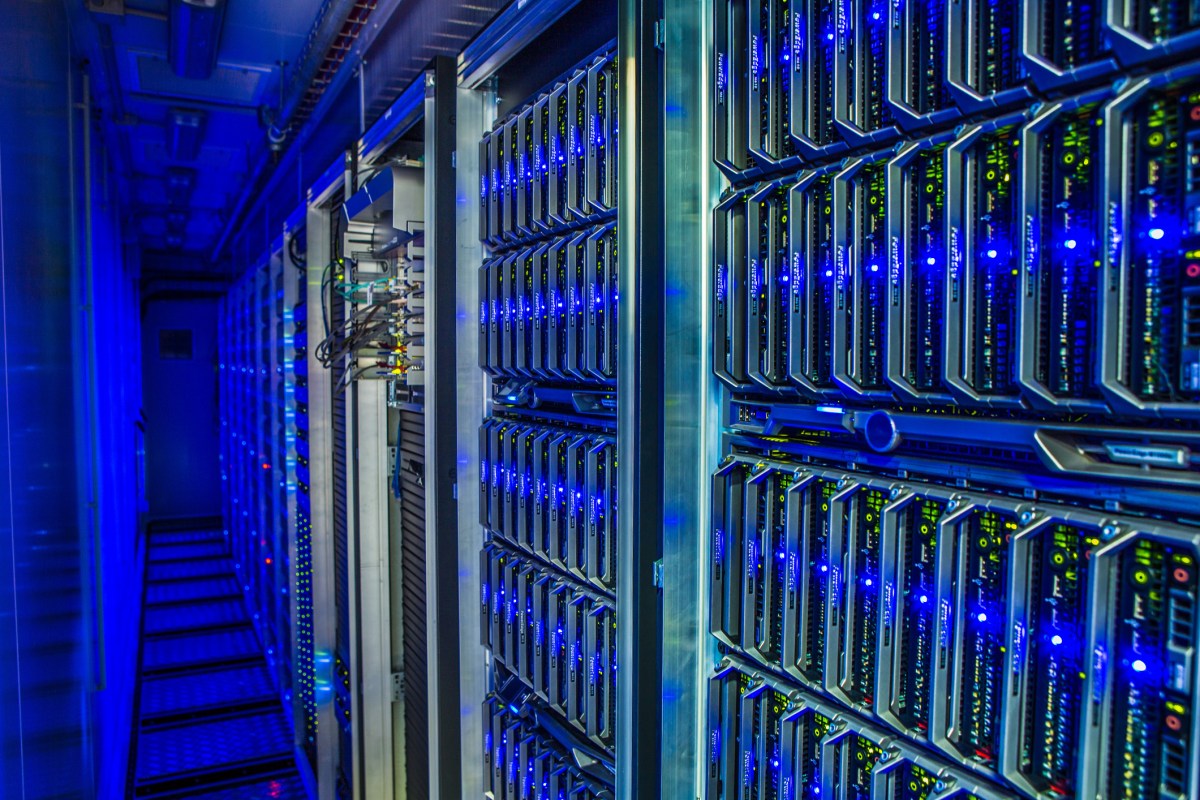
"When Nvidia announced its Rubin series of GPUs in March, it also dropped a bomb: racks built with the Ultra version of the chip, which is expected to be released in 2027, could draw up to 600 kilowatts of electricity. That's nearly twice as much juice as some of the fastest EV chargers can deliver today. As data center racks become that power-hungry, one of the biggest hurdles will be figuring out how to keep them cool."
"Alloy Enterprises has developed a technology that turns sheets of copper into solid cooling plates for GPUs and for peripheral chips, the supporting components like memory and networking hardware that account for about 20% of a server's cooling load. "We didn't care too much about that 20% when racks were 120 kilowatts," Ali Forsyth, co-founder and CEO of Alloy Enterprises, told TechCrunch."
"Alloy's approach uses additive manufacturing (building objects layer by layer) to produce cold plates that are capable of squeezing into tight spots while withstanding the high pressures that liquid cooling can demand. But the startup doesn't use 3D printing. Rather, it takes sheets of metal and forces them to bond using a combination of heat and pressure. It's more expensive than traditional machining, but cheaper than 3D printing."
Nvidia's Rubin Ultra GPUs could push data center racks to draw as much as 600 kilowatts, nearly double some fast EV chargers. Such power density makes cooling a primary engineering challenge, including cooling peripheral chips that account for roughly 20% of server thermal load. Alloy Enterprises fabricates cold plates by bonding sheets of copper under heat and pressure, producing solid, seam-free blocks that withstand high liquid-cooling pressures. The process fits tight spaces, reaches raw material properties comparable to machined copper, and is more expensive than machining but less costly than 3D printing. The approach targets liquid cooling of GPUs and supporting memory and networking hardware.
Read at TechCrunch
Unable to calculate read time
Collection
[
|
...
]